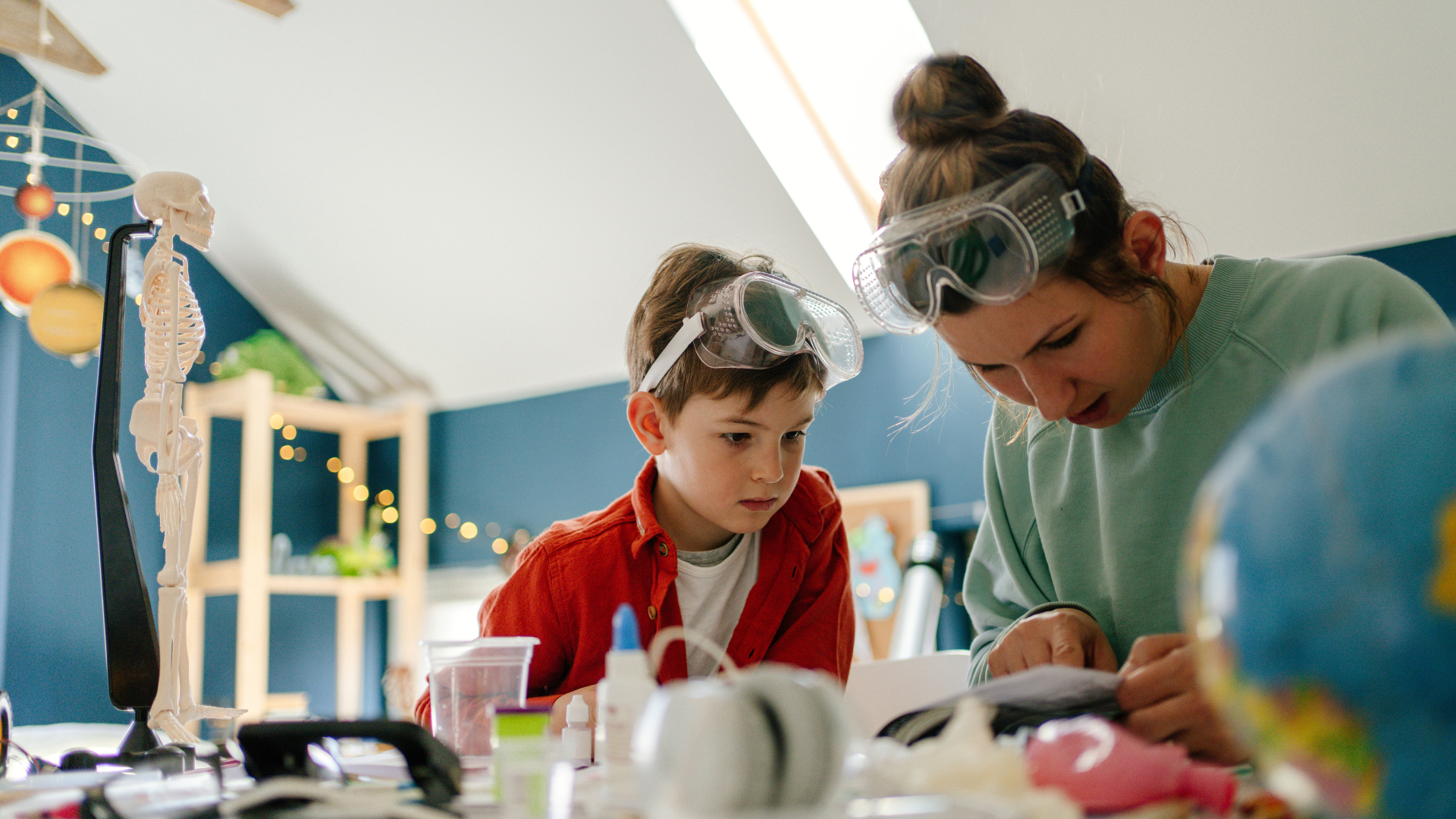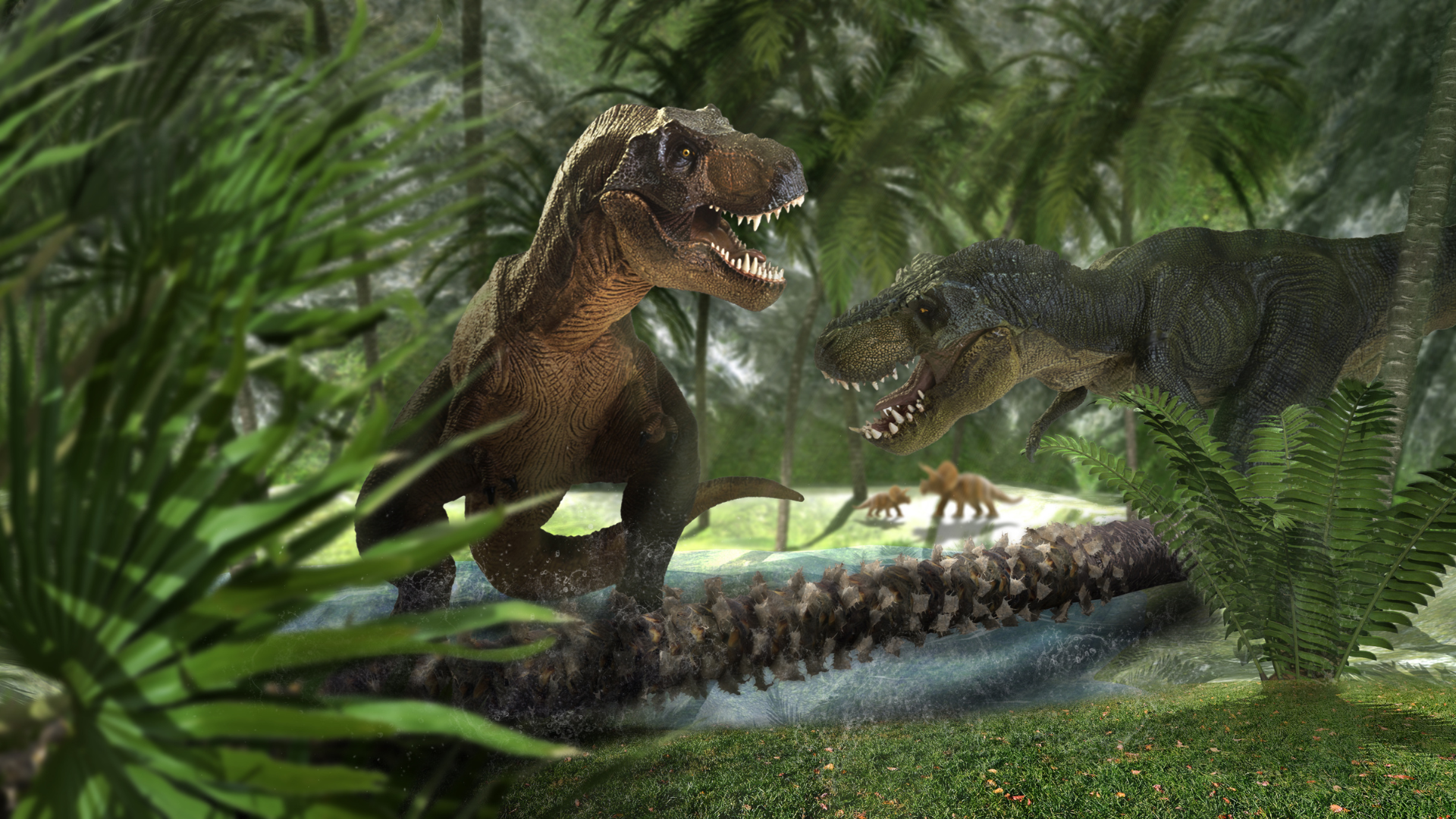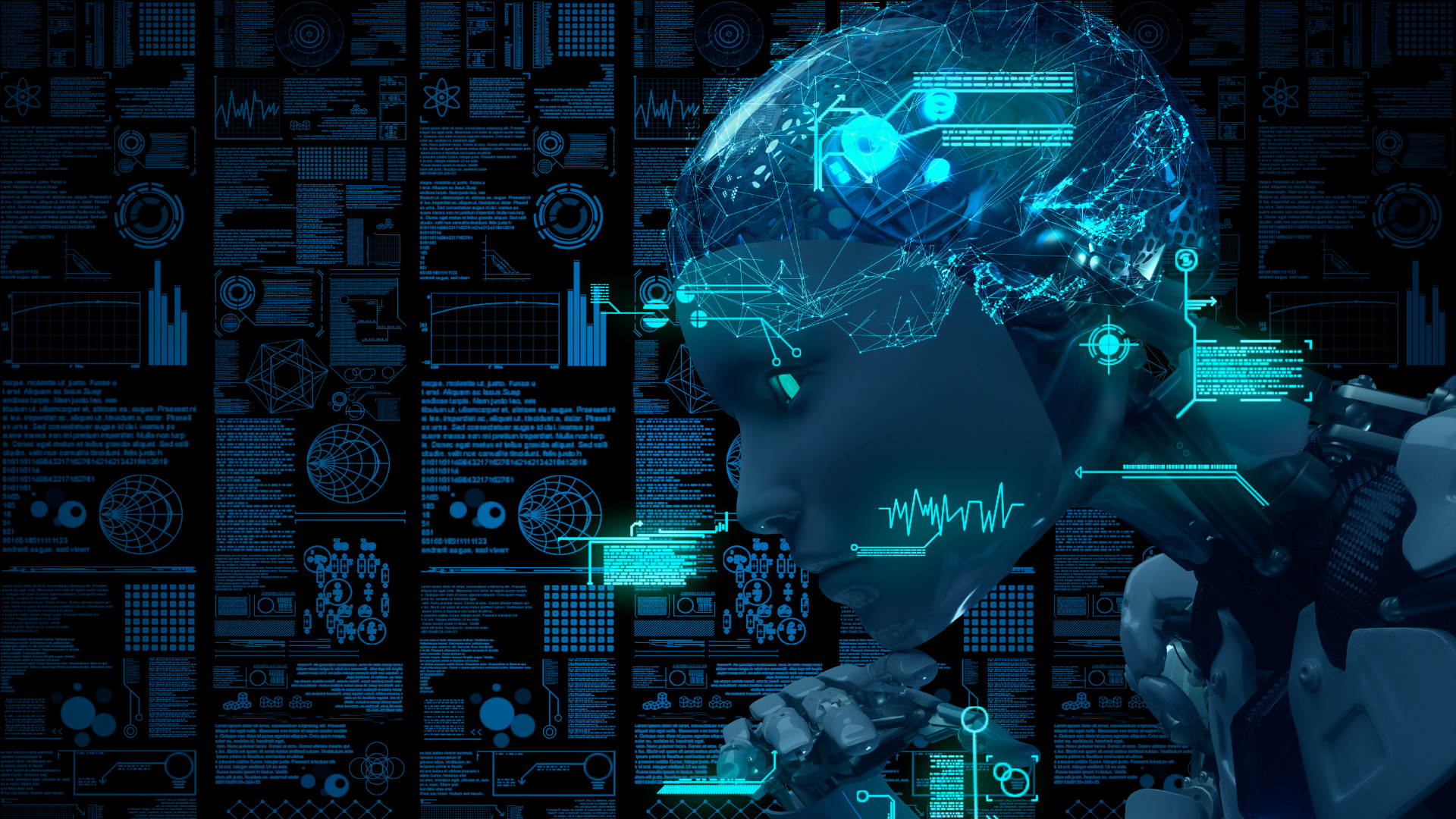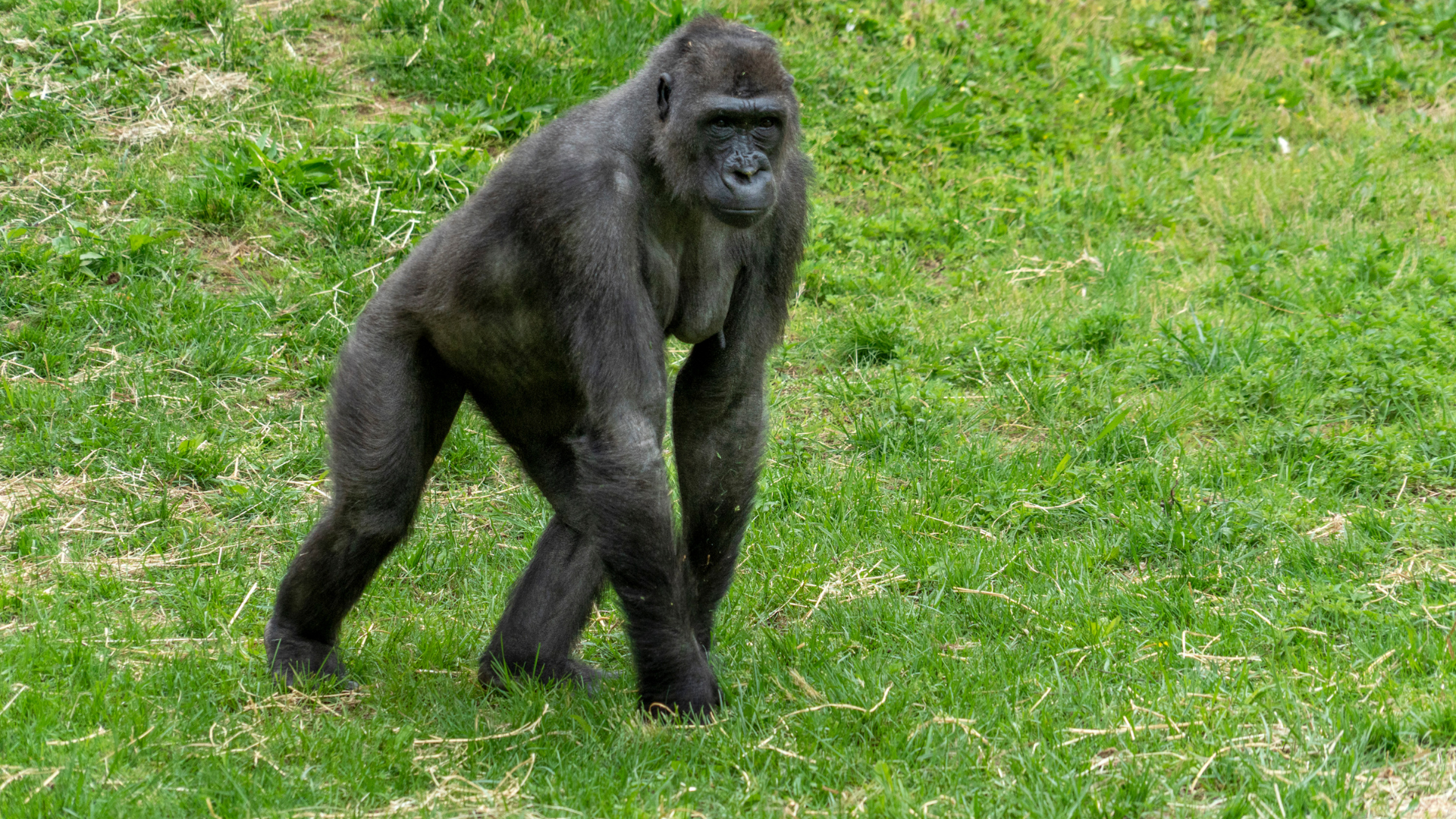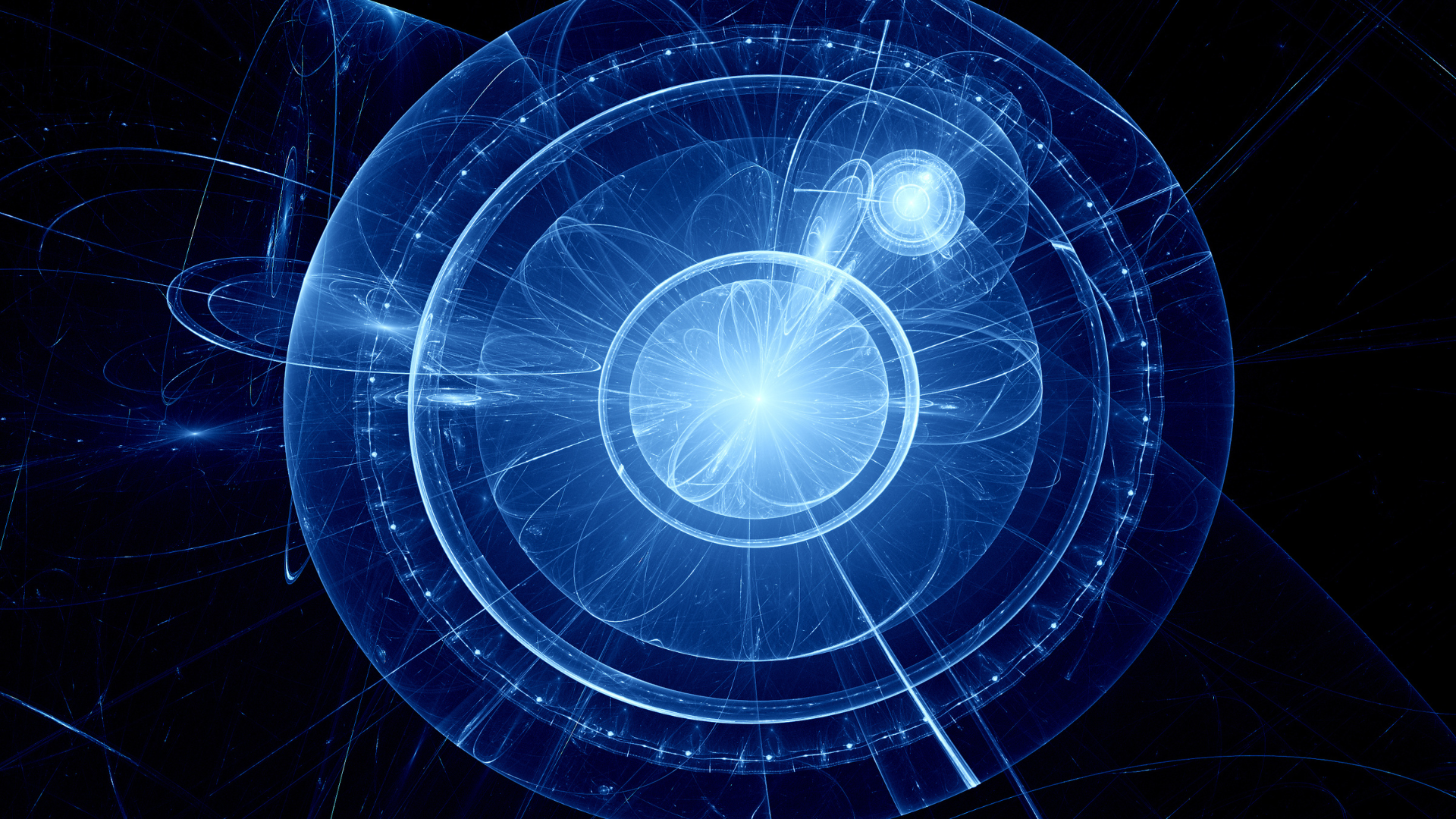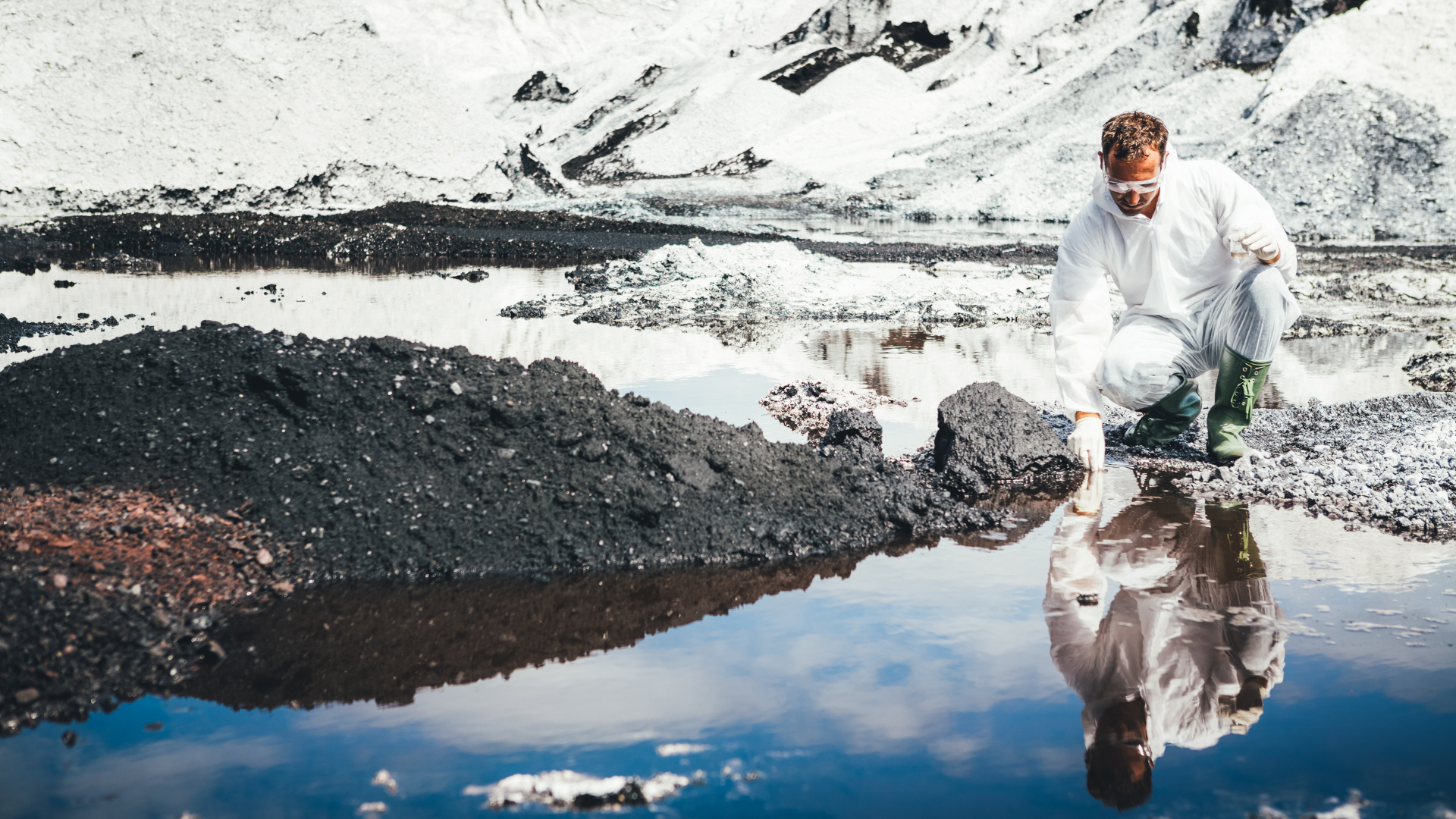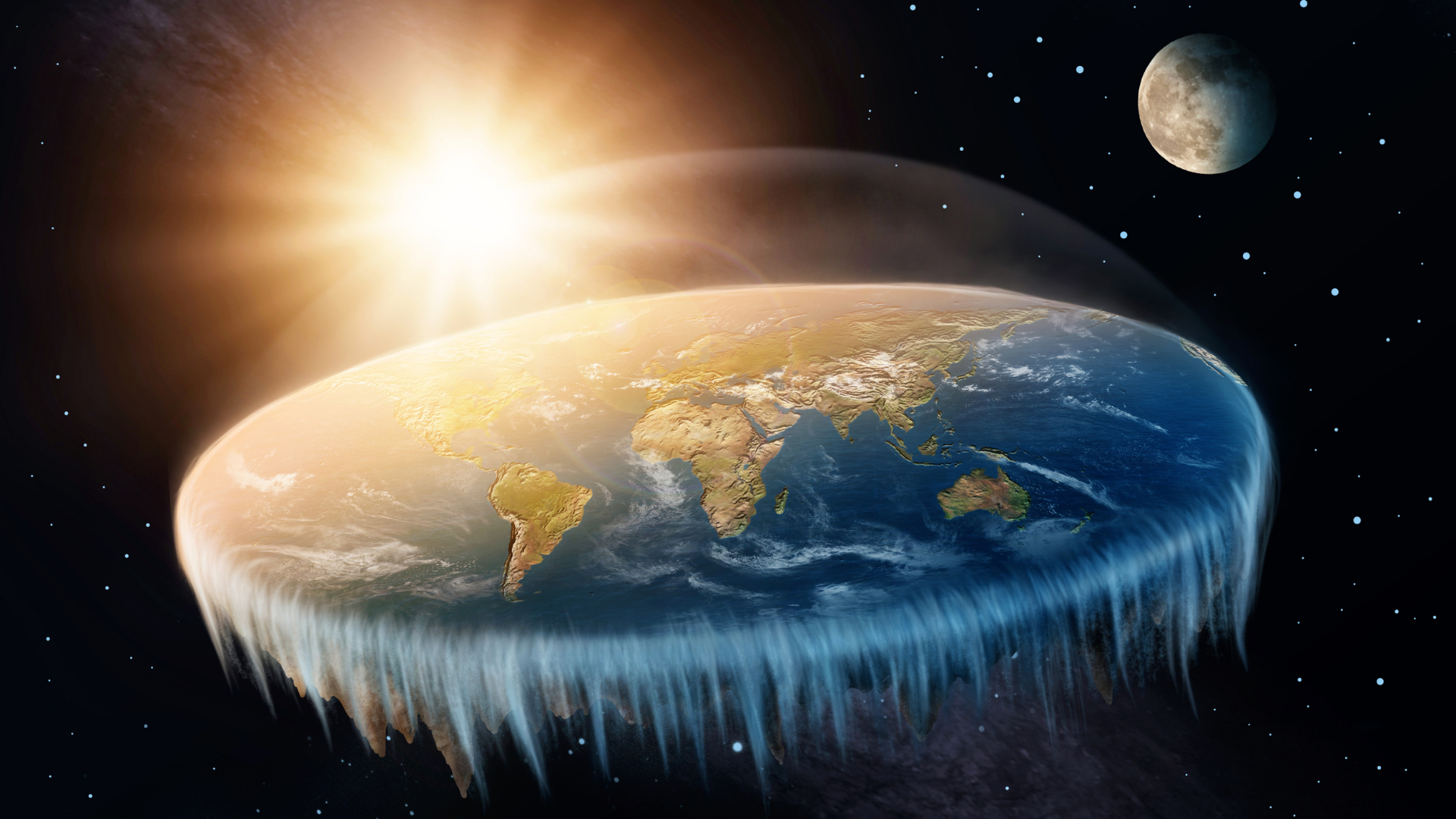For many, science can seem like an inaccessible field of study. It seems to have little relevance to day-to-day life and the decisions we make. But a closer look reveals that science is, in fact, a crucial part of our lives and is essential to making informed decisions.
From the food we eat to the medicines that heal us, science has a powerful role in every aspect of our lives. In this blog post, we will explore how understanding science can help us make better choices in our everyday activities and why everyone needs to have at least a basic understanding of scientific truths.
The Scientific Method
The Scientific Method is a logical, systematic approach to gathering information and solving problems. It is used by scientists all over the world to study the natural world and to develop new technologies. The steps of the Scientific Method are:
- Make an observation
- Ask a question
- Do some research
- Form a hypothesis
- Test the hypothesis
- Analyze the results and draw a conclusion
- Communicate the results
The Importance of Science in Daily Life
Science is everywhere in our lives in the food we eat, the air we breathe, the water we drink, and the products we use. It’s important to understand science so that we can make informed decisions about our health, our environment, and our technology.
Most people think of science as something that happens in a lab, but the truth is that science is all around us. It’s the study of the world around us, and how it works. Science is important because it helps us understand the world we live in and make sense of everything that happens in it.
We use science every day, whether we are aware of it or not. When we wake up in the morning and turn on the light, we’re using science. When we get in our car and drive to work, science is at work. Even when we sit down to watch TV or surf the Internet, science is there.
Science is important because it helps us understand how things work. It also helps us solve problems and make better decisions. For example, if there is a problem with a product we are using, scientists can help figure out what is wrong and how to fix it.
If we want to know if a new medicine is safe and effective, scientists test it before it goes on the market. And if we want to find new sources of energy or find new ways to recycle materials, scientists are working on those solutions too.
Science is also important because it can help us prevent diseases and keep ourselves healthy. Scientists are researching new treatments for illnesses and new ways to prevent them. They’re also studying how our environment can affect our health, so we can make better decisions about where we live and how we interact with the world around us.
In short, science is an essential part of our lives. It helps us understand the world around us, solve problems, and make better decisions. Without science, we wouldn’t be able to enjoy many of the conveniences we take for granted today.
The Applications of Science in Daily Life
Science is the study of the natural world. It is a process of observing, asking questions, and seeking answers. The scientific method is a way to ask questions about the world around us and to test our ideas.
The applications of science are everywhere in daily life. Weather forecasts, medical treatments, cell phone technology, and even the food we eat are all based on scientific principles. By understanding science, we can better understand how these things work and how to use them in our everyday lives.
Scientific Discoveries That Have Changed the World
Here are some discoveries we ought to know:
- The discovery of penicillin by Alexander Fleming in 1928 revolutionized medicine and saved countless lives.
- The discovery of the structure of DNA by James Watson and Francis Crick in 1953 paved the way for modern genetics and genomics.
- The discovery of the link between smoking and lung cancer by Richard Doll and Bradford Hill in the 1950s showed that smoking is a major cause of cancer and led to public health campaigns to reduce smoking rates.
- The discovery of the hole in the ozone layer by Sherwood Rowland and Mario Molina in 1974 led to international action to reduce emissions of chlorofluorocarbons (CFCs), which were causing the depletion of the ozone layer.
- The discovery of HIV/AIDS by Françoise Barré-Sinoussi and Luc Montagnier in 1983 has led to improved treatments and prevention strategies for this devastating disease.
The Future of Science
The future of science is shrouded in potential but fraught with uncertainty. Despite the many challenges that lie ahead, science will continue to play a vital role in our lives, shaping both our understanding of the world and our ability to improve it.
The challenges that science faces in the coming years are numerous and varied. They include everything from ensuring the safety of genetically modified foods to dealing with the increasingly complex issue of climate change. But despite these challenges, science has an important role to play in meeting them.
Genetically modified foods have the potential to solve many of the world’s food security problems, but only if they are safe for human consumption. The safety of GM foods is currently under intense scrutiny, but scientists are confident that with further research and testing, GM foods can be made safe for human consumption.
Climate change is one of the most pressing issues facing humanity today. Scientists believe that human activity is a major contributing factor to climate change, and they are working hard to find ways to mitigate its effects. In the future, science will play an increasingly important role in helping us adapt to a changing climate and protect our planet from its worst impacts.
These are just two examples of the many ways in which science will shape our future. With continued research and innovation, science will help us meet the challenges of tomorrow and improve our lives in countless ways.
Science plays an essential role in our daily lives, from the food we eat to the technology we use. We have learned that science can help us understand and solve many of life’s problems. We need to continue exploring the wonders of science so that we can apply this knowledge to make our lives better for ourselves and future generations.
By understanding how scientific principles are applied in everyday life, we can be more informed citizens and make decisions with greater confidence.
